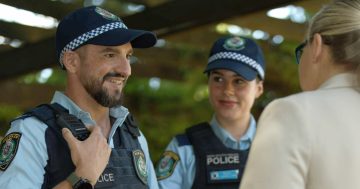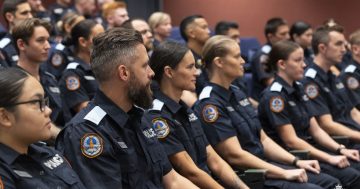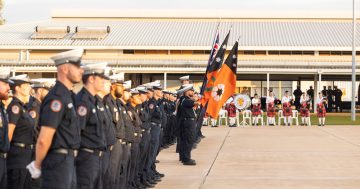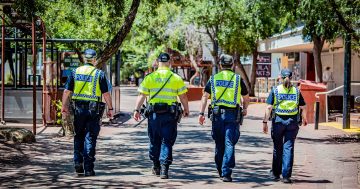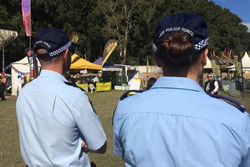 A new study released by the Bureau of Crime Statistics and Research (BOCSAR) has shown that police searches and ‘move-on’ directives have a positive effect on crime reduction.
A new study released by the Bureau of Crime Statistics and Research (BOCSAR) has shown that police searches and ‘move-on’ directives have a positive effect on crime reduction.
Acting Executive Director at BOCSAR, Jackie Fitzgerald said move-on directions and person searches were two of the more common policing strategies employed by NSW Police to prevent and control crime.
“In 2018, NSW Police issued 120,000 move-on directions and conducted 250,000 person and vehicle searches,” Ms Fitzgerald said.
“This study investigated the long-term relationship between these types of routine policing activity and recorded incidents of property and violent crime,” she said.
“The analysis focused on the incidence of break-ins, car theft, robbery and non-domestic assault in 17 Sydney Local Area Commands over a 13 year period from 2001 to 2013.”
Ms Fitzgerald said that the study had found both searches and move-on directions significantly reduced car theft, break-ins and robbery over the long term.
She said the study estimated that a 10 per cent increase in move-on directions had resulted in a 2.7 per cent drop in break and enter; a 2.2 per cent reduction in motor vehicle theft; and a 3.3 per cent drop in robbery.
She said the study also estimated that a 10 per cent increase in person searches had resulted in a 2.4 per cent drop in break and enter; a 2.5 per cent reduction in motor vehicle theft; and a 3.4 per cent drop in robbery.
Ms Fitzgerald said there was no evidence that increases in move-on directions and person searches had an immediate suppression effect on burglary, motor vehicle theft and robbery.
“What seems to matter is the overall level of police activity, with sustained high levels of move-on directions and person searches producing lower levels of these offences,” Ms Fitzgerald said.




